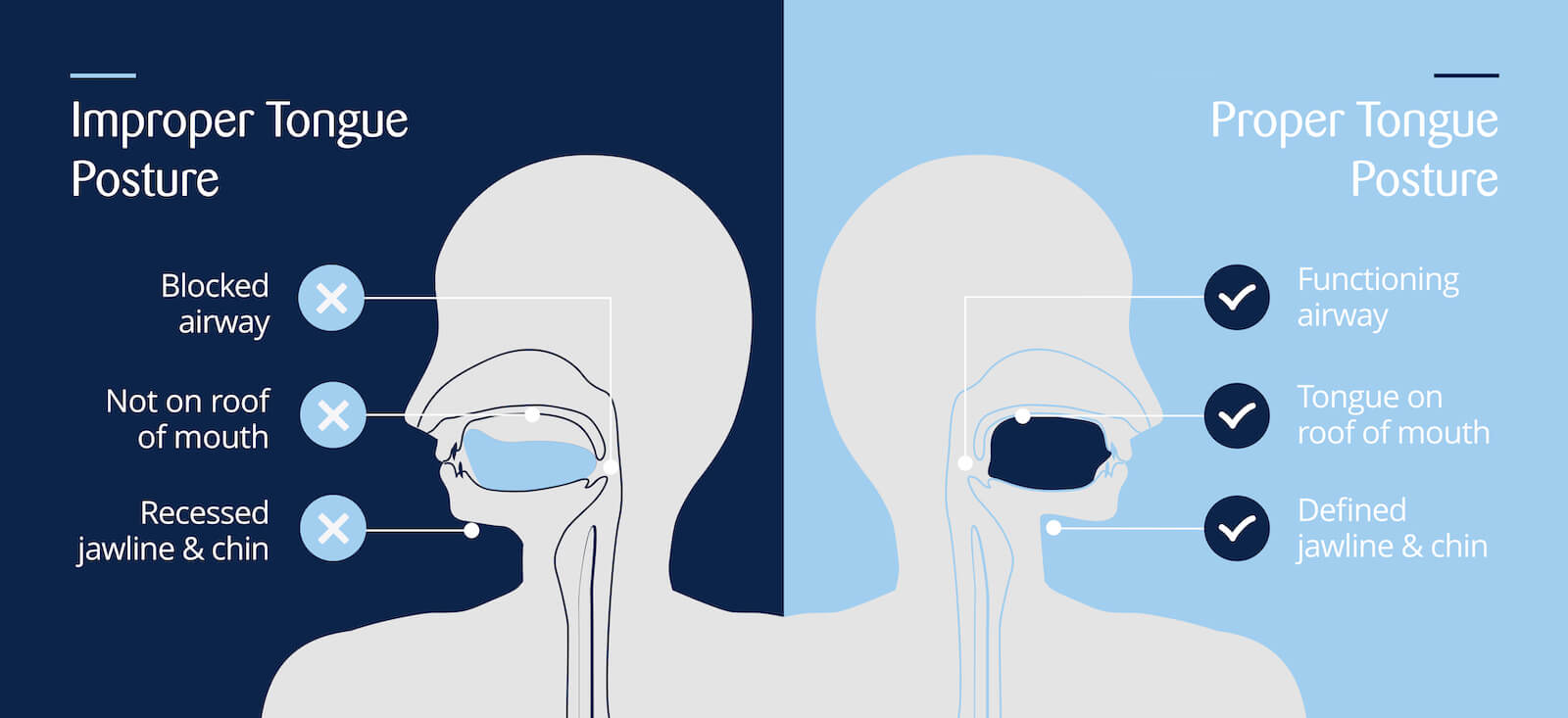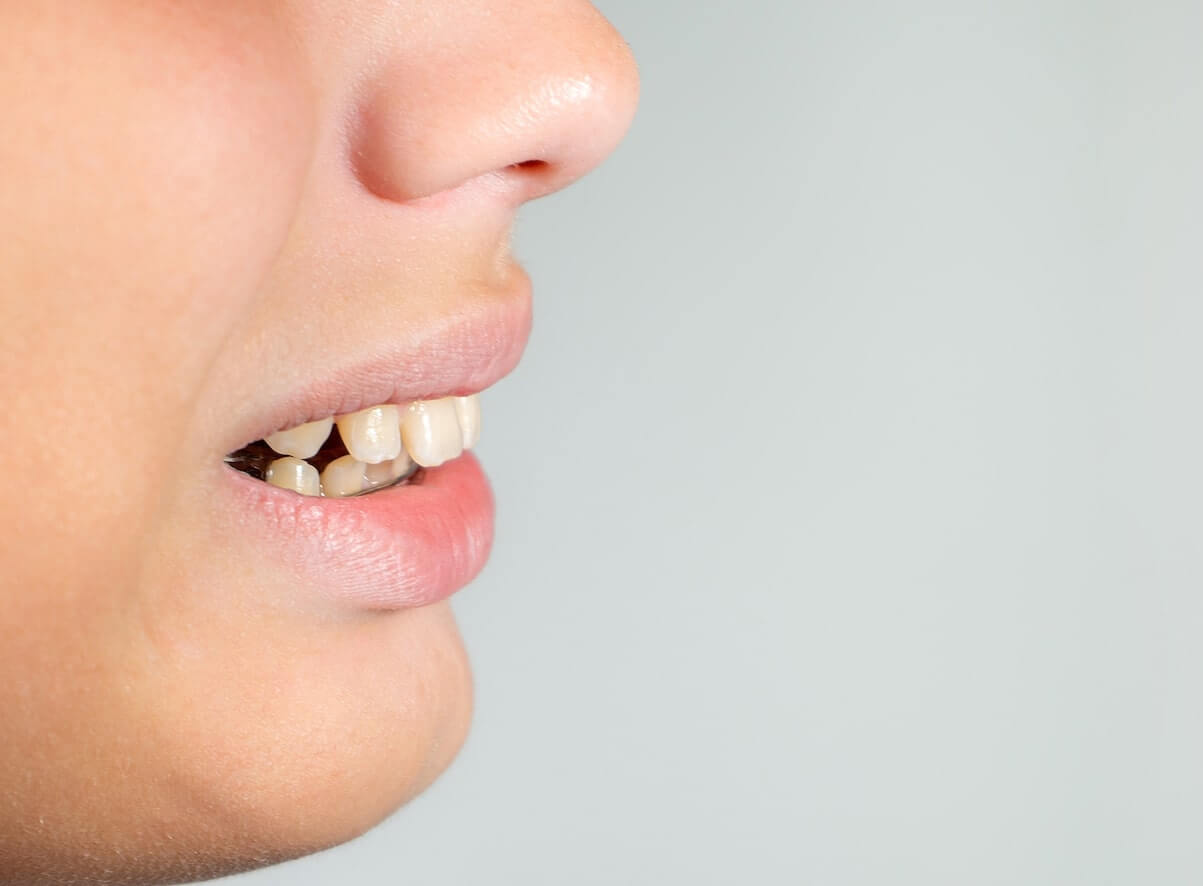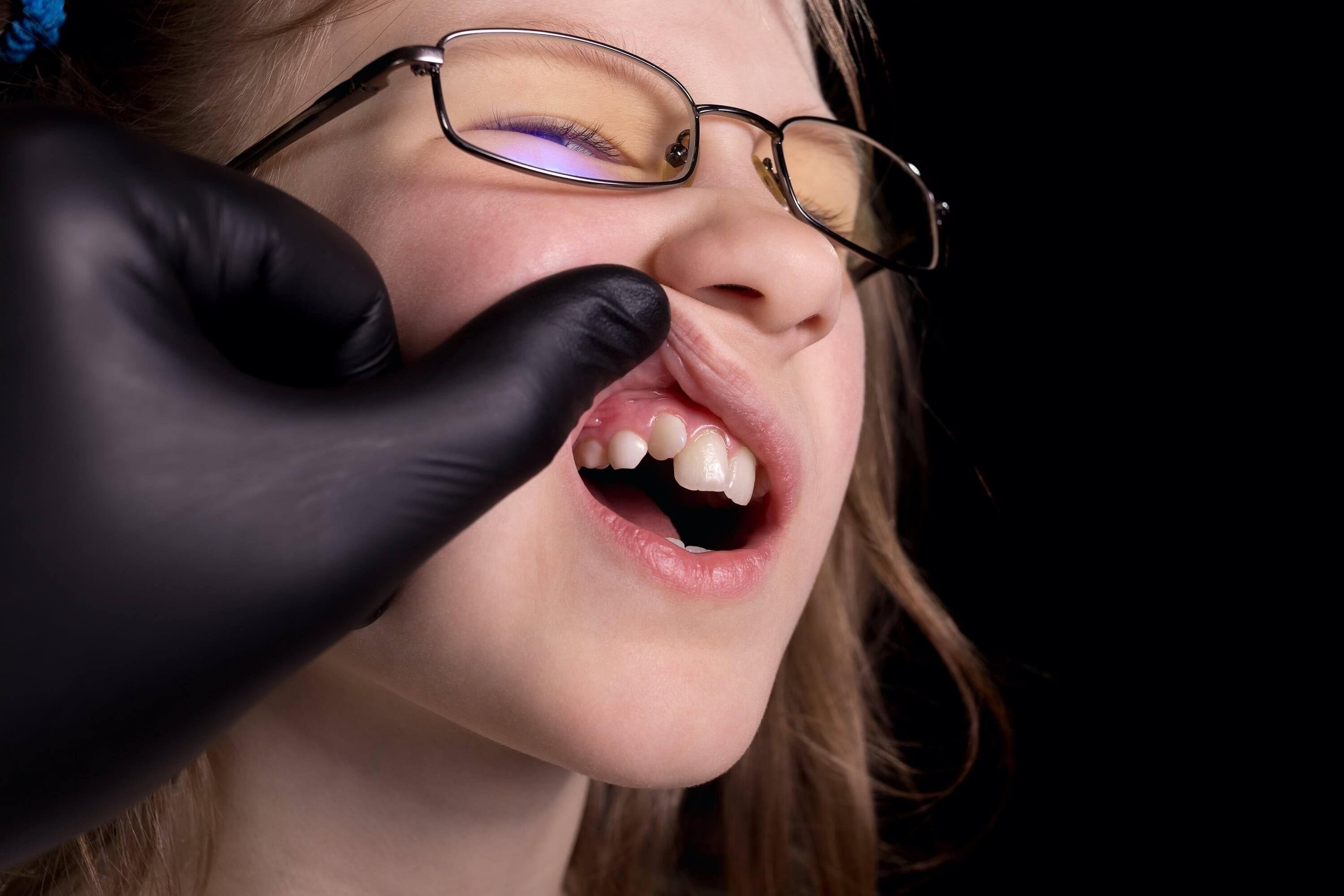Tongue Posture: What is Proper Tongue Posture, and Why is it so Important?
Traditional orthodontics treats crowded teeth as a genetic issue. This suggests that crowded teeth are a product
of bad genetic luck more than anything else. The truth, however, is that crowded teeth have more to do with tongue posture
than they do genetics. Let us explain why.
What is Tongue Posture?
Tongue posture is a term used in orthotropics (read
more about orthotropics here).
It refers to the position of the tongue when the mouth is at rest. ‘At rest’ simply means the mouth is not performing any
function like talking or chewing - it is merely resting.
Why is Tongue Posture so Important?
The tongue is the strongest muscle in the mouth, and its position in the mouth dictates how the face forms. How
the face forms dictates how the teeth sit within the face. If the tongue sits on the roof of the mouth at rest, the mouth will be closed -
ensuring the lower and upper jaw are in contact. This is the ideal tongue posture, as when the tongue sits on the
roof of the mouth like this, it forces the upper jaw (maxilla) to widen. When the maxilla is wide, there will typically be sufficient room
for the teeth and crowding is alleviated.
Conversely, when the tongue’s posture is such that it sits off the roof of the mouth at rest, the mouth will
hang open - dragging the face downwards. When the tongue is not positioned on the roof of the mouth between the
maxilla (top jaw), the maxilla will tend to be narrower. A narrow maxilla leaves less room for the teeth - causing
them to crowd.

How Tongue Posture Influences Facial Aesthetics
Improper tongue position drags the face down and backwards. When the tongue sits away from its natural resting
place on the top of the mouth, it drags the chin down and backwards, the jaw joints get jammed, and it pulls the nose down - creating a
slight bump or hook. For these reasons, improper tongue posture results in an abnormally long face, a recessed
jawline and chin, a flatter nose, a narrower mouth, a gummy smile and ultimately, crowded teeth. Not only does it have aesthetic
consequences, but also functional, whereby the muscles in the face and jaw do not function properly. This often results in bite
dysfunction,
which is known to cause headaches, migraines and facial pain.
Conversely, proper tongue position will promote forward growth of the face, which is considered more aesthetically pleasing.
What Causes Incorrect Tongue Posture?
Incorrect tongue posture is typically a symptom of mouth breathing. Mouth breathing can be caused by many
different things - such as allergies and nasal congestion - which we’ve outlined in greater detail in this
blog post.
Incorrect tongue posture can also be caused by habits such as thumb sucking and a lack of tough foods
in the diet, resulting in less chewing and ultimately weakening the jaw muscles. To learn more about the causes of incorrect tongue posture
and crowded teeth, read this
article.

Mouth Breathing & How It Causes Malocclusion
Mouth breathing hinders facial growth and development. How? Because when the mouth is open, it drags everything down and backwards...
Read More

What Causes Crooked Teeth & How to Fix Them
The belief that genetics causes crooked teeth fails to acknowledge the myriad of other factors that cause the teeth to become crooked...
Read
More
Correct Tongue Posture Explained
The primary focus of orthotropic treatment is to correct tongue posture. Correct tongue posture simply means that
the tongue sits on the roof of the mouth (the palate) at rest. Having the tongue sit on the roof of the mouth is important because it
ensures the lips are sealed, the jaws together, the maxilla widened and that the face will be more likely to grow
forwards
(which is better than the face growing down). Ultimately, correct tongue posture ensures there is enough room for the teeth and a more
attractive face.
Tongue posture can also refer to the swallow pattern or how the tongue moves during swallowing. Dr Mike Mew
estimates that 85% of the population follow an incorrect swallow pattern that adversely affects tongue posture and ultimately leads to poor
facial development and crowded teeth. At Eric Davis Dental, we focus on achieving correct tongue posture via
proper swallowing patterns during orthotropic treatment. To learn more about the relationship between correct tongue posture and swallowing
patterns, watch the video below, where Dr Mike Mew (creator of mewing)
explains it.
Mewing Tongue Posture
Dr Mike Mew - renowned for popularising mewing - also explains tongue posture in his videos on mewing. Tongue posture is central to the idea of mewing, just as it is in orthotropics. To learn more about mewing and mewing tongue posture, read our article here.
